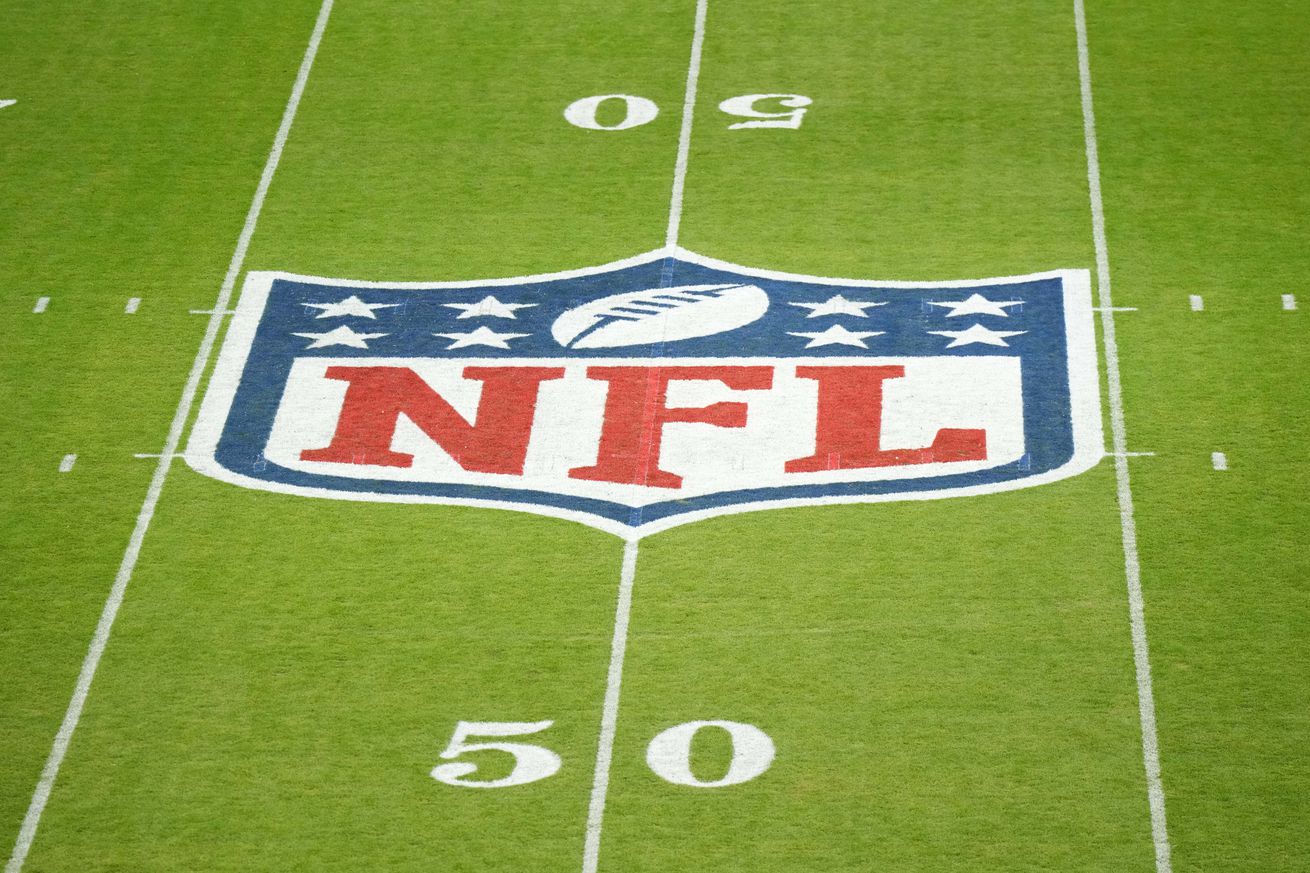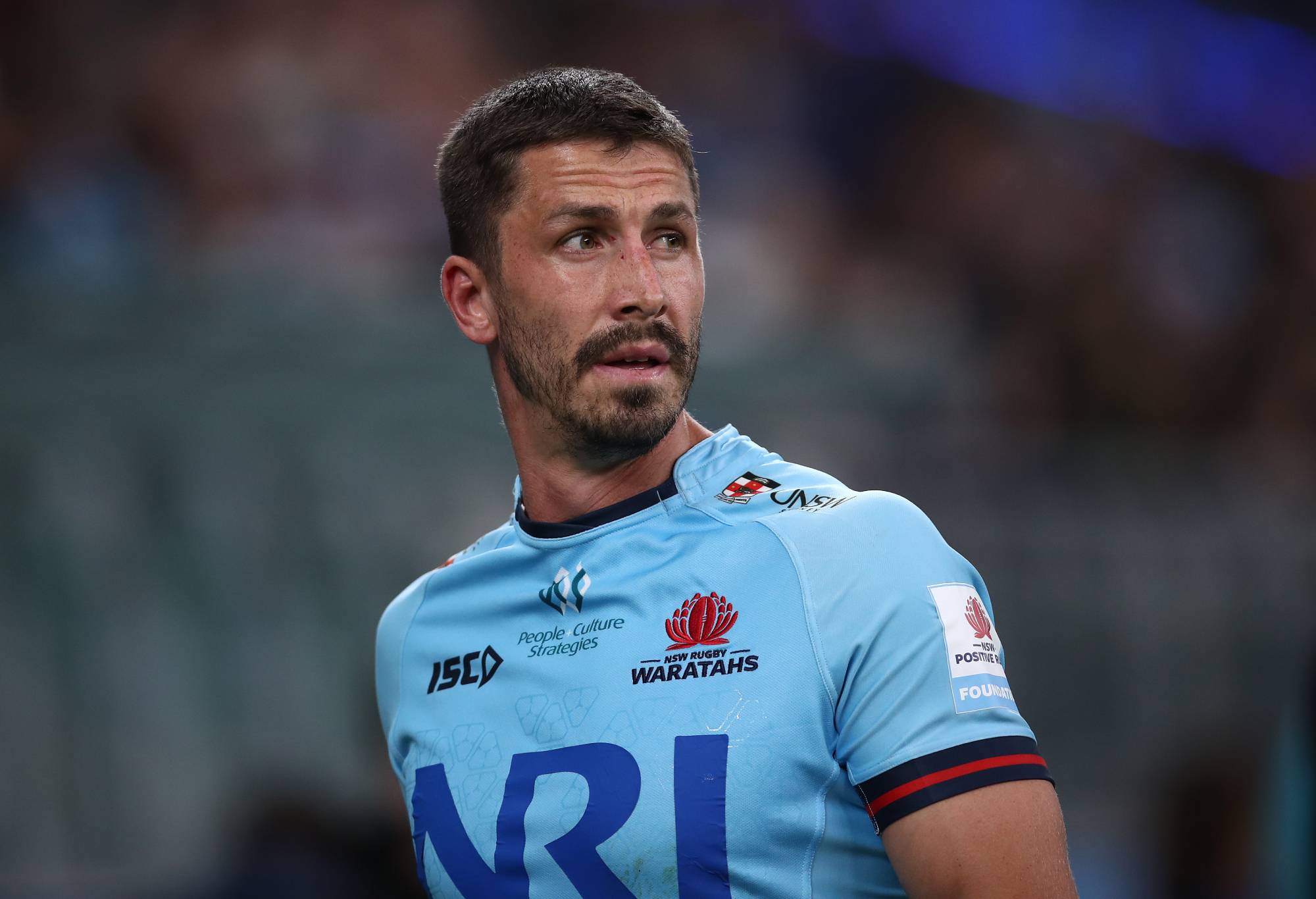
You need to change more than a scheme
NFL teams use a wide variety of schemes both offensively and defensively that they feel will make them winners. A GM has to decide which scheme he wants to use in order to fill his team with players who will make the scheme work. When an owner interviews applicants for their GM position, the idea of scheme is often one of the first questions asked. Changing an offensive or defensive scheme may entail an overhaul to the entire lineup. With some players on lucrative long-term contracts, a change could waste millions of dollars in cap space.
The scheme played can be the difference between winning and losing. When all teams use the same offensive or defensive philosophy, planning for an opponent is easier. You know what to expect and your team is built to work against those philosophies. This happens more than you might think since the NFL is such a copycat league. Yet that is not always the best plan.
When Bill Walsh installed his “west coast offense” in 1979, teams laughed at him as he lost his first 7 games and had a record of 1-13 before ending the year at 2-14. Teams looked on as the San Francisco 49ers won their first 3 games in 1980 but soon realized the Walsh scheme was a loser when he lost his next 8 games. Or so they thought.
No one was rushing out to build around the “west coast offense,” and fans were calling for Walsh to be fired during the season. In fact, the 49ers were thinking of firing Walsh in 1980, but he won his next 3 games before losing his last two to finish the year 6-10. The team considered firing Walsh that offseason, but they allowed him another year, so the start of the 1981 season was critical. The 49ers started the year 1-2, so Walsh was on the thinnest of ice. He then won the next 7 games before losing to the Cleveland Browns by 3 points. That was the last loss of the season, as the 49ers ran the table and finished the year 16-3 by beating the Cincinnati Bengals in the Super Bowl, 26-21. It was the 49ers’ first of five Super Bowl wins, and it started the NFL fascination with the “west coast offense”.
In order to transition to that scheme, NFL teams had to hire coaches who were familiar with the system. Suddenly NFL teams couldn’t get enough of 49ers’ coaches. Coaches hired away from the 49ers after that initial Super Bowl win included the following:
Mike Holmgren was hired in 1992 by the Green Bay Packers. He spent 7 years in Green Bay, with a record of 75-37, a .670 winning percentage and a 1996 Super Bowl win. Holmgren ended up coaching 17 years in the NFL, with a combined 161-111 record, a winning percentage of .592 and a 1-1 record in the Super Bowl.
Sam Wyche was hired by Indiana University as a head coach in 1983 before he was hired by the Bengals as head coach in 1984. He would end up losing to the 49ers in the Super Bowl in 1988 on the famous drive by Joe Montana, when Montana hit John Taylor on a 10 yard slant route with 34 seconds left in the game. Wyche spent 8 years in Cincinnati, with a record of 61-66 and a .480 winning percentage.
Dennis Green was hired by the Minnesota Vikings in 1992, coaching there for 10 seasons and winning 97 games, with a .610 winning percentage.
Bruce Coslet was hired by the New York Jets in 1990, spending 4 years with the Jets, with a record of 26-38 and a .406 winning percentage.
George Seifert took over as coach of the 49ers in 1989, spending 8 years in San Francisco with a record of 98-30 and a .766 winning percentage, with two Super Bowl victories.
Ray Rhodes was hired by the Philadelphia Eagles in 1995, spending 4 years there, with a record of 29-34 and a .461 winning percentage.
Other coaches who were on the Bill Walsh coaching tree who would eventually become NFL head coaches were (in no particular order):
David Shula (Cincinnati Bengals 1992), Dick LeBeau (Cincinnati Bengals 2001), Mike Mularkey (Jacksonville Jaguars 2012), Cam Cameron (Miami Dolphins 2007), Jeff Fisher (Houston Oilers 1995), Gary Kubiak (Houston Texans 2006), Mike McCoy (San Diego Chargers 2013), Mark Trestman (Chicago Bears 2013), Brian Billick (Baltimore Ravens 1999), Tony Dungy (Tampa Bay Buccaneers 1996), Mike Tice (Minnesota Vikings 2001), Steve Mariucci (San Francisco 49ers 1997), Jon Gruden (Oakland Raiders 1998), Dick Jauron (Chicago Bears 1999), Andy Reid (1999 Philadelphia Eagles), Mike Sherman (Green Bay Packers 2000), Marty Mornhinweg (Detroit Lions 2001), Jim Zorn (Washington Redskins 2008), Bill Callahan (Oakland Raiders 2002), Mike McCarthy (Green Bay Packers 2006), Sean Payton (New Orleans Saints 2006), John Harbaugh (Baltimore Ravens 2008), Jim Fassel (New York Giants 1997), and John Fox (Carolina Panthers 2002).
Bill Walsh was a head coach for only 10 years in the NFL before retiring at age 57. He went back to coaching in 1992 at Stanford University for 3 seasons (where he coached before being hired by the 49ers). Even though Walsh started his NFL head coaching career with a 5-22 record, he ended his career with a 92-59-1 record and a .609 winning percentage. Take away those early 27 games and Walsh had a .790 winning percentage. It’s been over 35 years since Walsh retired and there are still some “west coast” offensive principals in every NFL offensive playbook today.
Though Mike Holmgren, the 49ers offensive coordinator for 3 years (1989-1991), had probably the most success after leaving the 49ers, he still only won a single Super Bowl over 17 years as a head coach.
The reality is that owners see the shiny new object (a scheme that works) from another team so they want it. They feel like they can duplicate success if they replicate a product that works. They can do it in the business world so why not in the NFL? Owners are rich and are used to having what they want by buying what they need. They pay big money to hire a coach in order to get what they want, but usually it falls apart.
Unfortunately, the NFL doesn’t work like normal businesses. Bill Walsh was more than an offensive scheme. He was a dedicated man of principals, and a detail-oriented person who believed in his ideals as well as his system. As Bill Walsh once said:
There is no guarantee, no ultimate formula for success. It all comes down to intelligently and relentlessly seeking solutions that will increase your chance of prevailing. You can’t completely control the outcome of a game, but you can control the effort you put into your training, and if you relentlessly focus on improving, you increase your chances of success. Focus on continuously bettering yourself, and the score will take care of itself.
This is a philosophy that you have to embrace. It’s not a scheme.
You can make your team better by using more successful systems, but in order to become a dynasty you have to have a culture that begets future winning. Everyone on your team constantly improving, striving for better results on a play by play basis: that’s how you change a culture.
When they believe the guy next to them is working constantly to improve, a team starts to believe in themselves. When you trust the guy next to you then you can look to improve yourself for the sake of that guy next to you.
If you can instill this philosophy on your team, you are on the road to success no matter who the players are.
That’s how you turn a team around.
What do you think?
















You must be logged in to post a comment Login